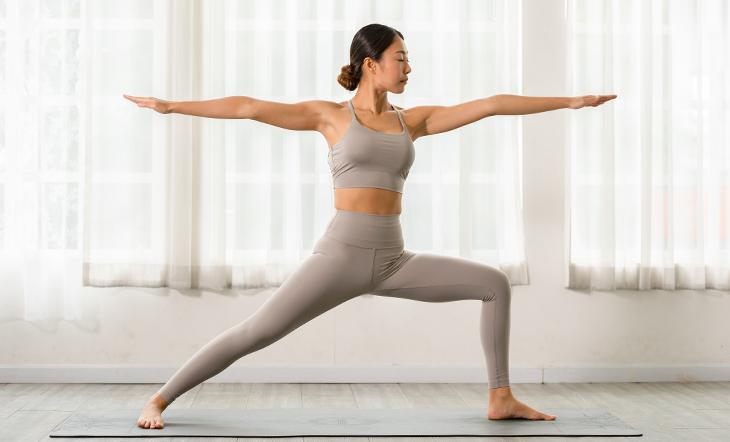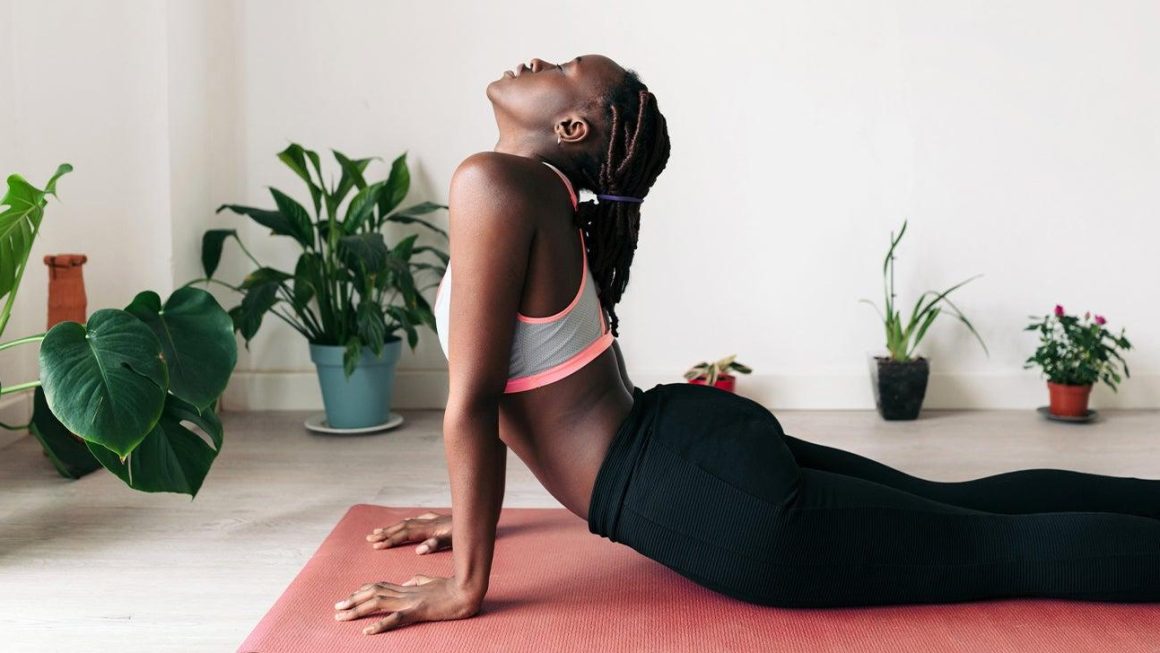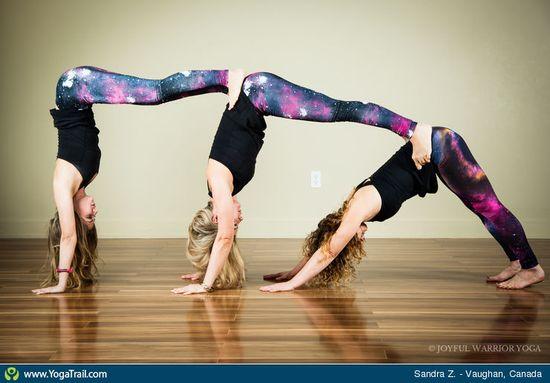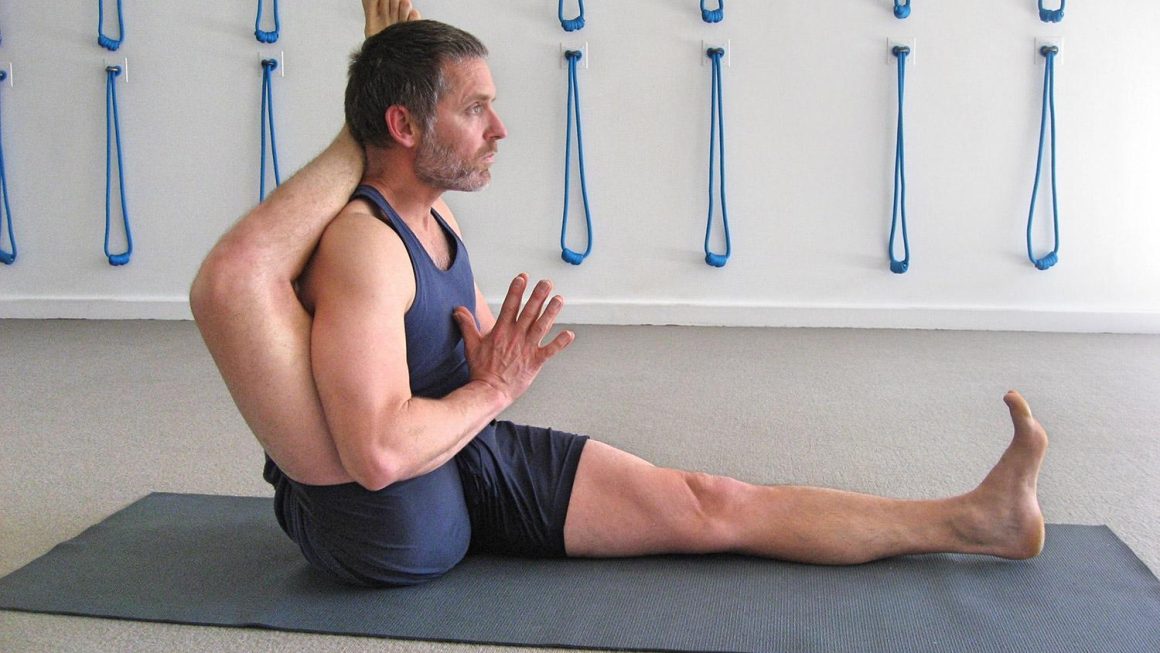In a world where we often find ourselves hunched over screens and battling the physical repercussions of our modern lifestyle, the quest for good posture has never been more relevant. Whether it’s the daily grind at the office or the leisure time spent scrolling through social media, our bodies can bear the brunt of these habits, leading to discomfort and a range of musculoskeletal issues. Enter yoga—a holistic practice that intertwines physical postures, breath control, and mindfulness. But beyond its reputation for stress relief and flexibility, can yoga truly serve as a remedy for poor posture? In this article, we explore the relationship between yoga and alignment, delving into how its ancient teachings and practices may offer a pathway to not just a straighter back, but a more balanced life. Join us as we investigate the potential benefits yoga brings to the age-old struggle of maintaining good posture.
Benefits of Yoga for Postural Alignment and Body Awareness
Practicing yoga offers numerous advantages for enhancing your postural alignment and developing a heightened sense of body awareness. Yoga encourages the integration of breath and movement, fostering a natural awareness of how your body occupies space. This practice cultivates strength and flexibility in the muscles that support proper alignment, such as the core, back, and legs. Many yoga poses, like Mountain Pose and Child’s Pose, specifically target the spine and encourage proper curvature, allowing the body to move more freely without tension. Additionally, the mindful focus within each posture helps to identify and release tension that may contribute to poor posture.
Moreover, yoga serves as a powerful tool for improving body awareness, enabling individuals to become more conscious of habitual movements and postures in their daily lives. As practitioners learn to engage in poses like Cobra and Warrior, they develop an intrinsic understanding of alignment principles that can be transferred outside the studio. This awareness leads to more mindful choices in everyday activities, eliminating bad habits that may compromise posture. By integrating regular yoga practice, individuals can experience benefits such as:
- Improved spinal alignment
- Stabilized core muscles
- Increased flexibility
- Reduced muscular tension
Foundational Yoga Poses That Enhance Spine Health and Flexibility
Integrating foundational yoga poses into your routine can significantly contribute to better spine health and overall flexibility. Frequent practice of poses such as Cat-Cow, Child’s Pose, and Downward Facing Dog not only stretches and strengthens the muscles surrounding your spine but also helps to align the vertebrae properly. These poses create a gentle flow in the body that promotes blood circulation, reducing stiffness and enhancing mobility. Furthermore, they encourage mindfulness of breath and body alignment, which are essential for cultivating awareness needed to maintain a healthy posture throughout your daily activities.
Incorporating these foundational poses can yield immediate and long-term benefits for spinal health. Consider the following benefits associated with specific poses:
| Yoga Pose | Benefits |
|---|---|
| Cat-Cow | Increases flexibility in the spine, relieves back tension. |
| Child’s Pose | Stretches the back and relieves stress, improving alignment. |
| Downward Facing Dog | Strengthens the back and shoulders, elongates the spine. |
By intentionally including these poses in your yoga journey, you can foster a more flexible, resilient spine while enhancing your overall posture. Remember, consistency is key—with regular practice, you may notice significant improvements in how you carry yourself and the ease of your movements.
Incorporating Mindfulness into Your Yoga Practice for Better Posture
Integrating mindfulness into your yoga routine can significantly enhance your awareness of posture, allowing for more precise alignment and balance. By focusing on your breath and sensations throughout each pose, you’ll start to identify areas of tension or misalignment. This heightened awareness encourages you to make subtle adjustments, leading to improved posture over time. Some strategies to incorporate mindfulness include:
- Breath Awareness: Pay attention to the rhythm of your breath, noticing how it flows with your movements.
- Body Scan: Regularly check in with different body parts, consciously relaxing areas that feel tense.
- Mindful Transitions: Shift between poses slowly and thoughtfully to maintain awareness of your body’s alignment.
Moreover, certain poses naturally facilitate better posture by promoting strength and flexibility in the muscles that support the spine. Incorporating mindfulness into these poses allows you to deepen your practice. For example, while in *Mountain Pose*, focus on feeling your feet grounding into the mat and your spine elongating with each inhale. Tracking your progress can be beneficial; consider creating a simple table to record your insights and improvements.
| Pose | Mindfulness Focus | Benefits |
|---|---|---|
| Mountain Pose | Grounding and Alignment | Improved posture and balance |
| Child’s Pose | Relaxation and Release | Stretching the back and shoulders |
| Downward Dog | Strengthening and Extension | Lengthening the spine and hamstrings |
Tailored Recommendations: Designing a Yoga Routine to Support Posture Improvement
Designing a yoga routine specifically aimed at enhancing posture involves selecting poses that strengthen the core, elongate the spine, and open the hips. Incorporate the following poses into your practice to address common postural imbalances:
- Mountain Pose (Tadasana) – Establishes a strong foundation for proper alignment.
- Cobra Pose (Bhujangasana) – Strengthens the spine while opening the chest.
- Child’s Pose (Balasana) – Provides a gentle stretch for the back.
- Bridge Pose (Setu Bandhasana) – Strengthens the back, glutes, and hamstrings.
- Downward-Facing Dog (Adho Mukha Svanasana) – Stretches the spine and shoulders, promoting lengthening.
To ensure well-rounded development, aim to practice these poses regularly, gradually increasing duration and depth. Consider the following tips to maximize benefits:
| Tip | Description |
|---|---|
| Consistency | Practice at least 3 times a week for noticeable improvements. |
| Mindfulness | Focus on breath and alignment during each pose to enhance awareness. |
| Gradual Progression | Increase the difficulty of poses as your strength and flexibility improve. |
Q&A
Q&A: Can Yoga Improve Posture?
Q1: What is posture, and why is it important?
A: Posture refers to the alignment of our body parts—head, shoulders, spine, hips, and legs—while standing, sitting, or moving. Good posture is important because it helps distribute weight evenly, reduces strain on muscles and ligaments, and enhances overall health. Proper alignment can also positively affect respiratory function, digestion, and circulation.
Q2: In what ways can yoga contribute to better posture?
A: Yoga emphasizes body awareness, flexibility, and strength, all of which are key components of good posture. Various poses help strengthen the core muscles, improve spinal alignment, and enhance flexibility in tight areas. Consistent practice encourages mindful alignment in daily activities, ultimately leading to improvements in posture over time.
Q3: Are there specific yoga poses that are particularly effective for improving posture?
A: Absolutely! Some highly recommended poses include:
- Mountain Pose (Tadasana): Develops awareness of body alignment.
- Downward-Facing Dog (Adho Mukha Svanasana): Stretches the spine and opens shoulders.
- Cobra Pose (Bhujangasana): Strengthens the back muscles and improves spinal extension.
- Bridge Pose (Setu Bandhasana): Engages the back and opens the chest.
These poses not only target specific muscle groups but also cultivate a sense of body awareness essential for maintaining good posture.
Q4: Is yoga suitable for everyone looking to improve their posture?
A: Yoga can be adapted to suit individuals of all ages and fitness levels, making it accessible for many. However, those with specific health concerns or injuries should consult a healthcare professional or a certified yoga instructor before beginning any new practice to ensure that the chosen poses are safe and appropriate.
Q5: How often should one practice yoga to see improvements in posture?
A: Consistency is key! Practicing yoga two to three times a week can yield noticeable improvements over time. Regular sessions help build strength, enhance flexibility, and reinforce the alignment principles learned in class. Even a short daily practice can be beneficial, as it encourages the integration of mindfulness and alignment into daily life.
Q6: Can yoga alone provide a complete solution for posture improvement?
A: While yoga is a powerful tool for enhancing posture, it’s often most effective when combined with other practices. Strength training, ergonomic adjustments at work and home, and awareness of body mechanics during daily activities all contribute to overall postural health. Together, these approaches create a holistic improvement strategy.
Q7: Any tips for incorporating yoga for posture improvement in daily life?
A: Here are some practical tips:
- Start small: Just a few minutes of focused breathing and stretching can make a difference.
- Use props: Yoga blocks, straps, and cushions can help you maintain correct alignment.
- Mindfulness: Stay aware of your posture throughout the day. Gentle reminders to adjust can reinforce what you practice on the mat.
- Combine practices: Consider integrating yoga with other physical activities like Pilates or strength training to enhance results.
Q8: What should someone expect when beginning a yoga practice for posture?
A: Upon starting a yoga practice aimed at improving posture, individuals may experience initial discomfort as their bodies adjust to new movements and alignments. This is normal. Over time, practitioners usually notice increased flexibility, strength, and an overall sense of ease in their body. Mentally, practicing yoga can foster a greater awareness of body posture throughout the day, leading to long-term benefits.
yoga can substantially support improved posture when practiced consistently and combined with other mindful approaches. Ready to roll out your mat? Your posture journey awaits!
Future Outlook
the journey to improved posture may well begin on the yoga mat. Through the practice of mindful movement and breath, yoga offers a holistic approach that transcends mere physical alignment. By cultivating strength, flexibility, and awareness, individuals can foster a deeper connection between body and mind, empowering them to stand tall—both literally and figuratively. As you explore the various poses and principles of yoga, remember that every journey is unique; what works wonders for one may take time for another. So, whether you’re a seasoned practitioner or a curious beginner, consider integrating yoga into your routine as a tool for enhancing not only your posture but also your overall well-being. After all, in the quest for balance and harmony, every stretch and breath counts.




